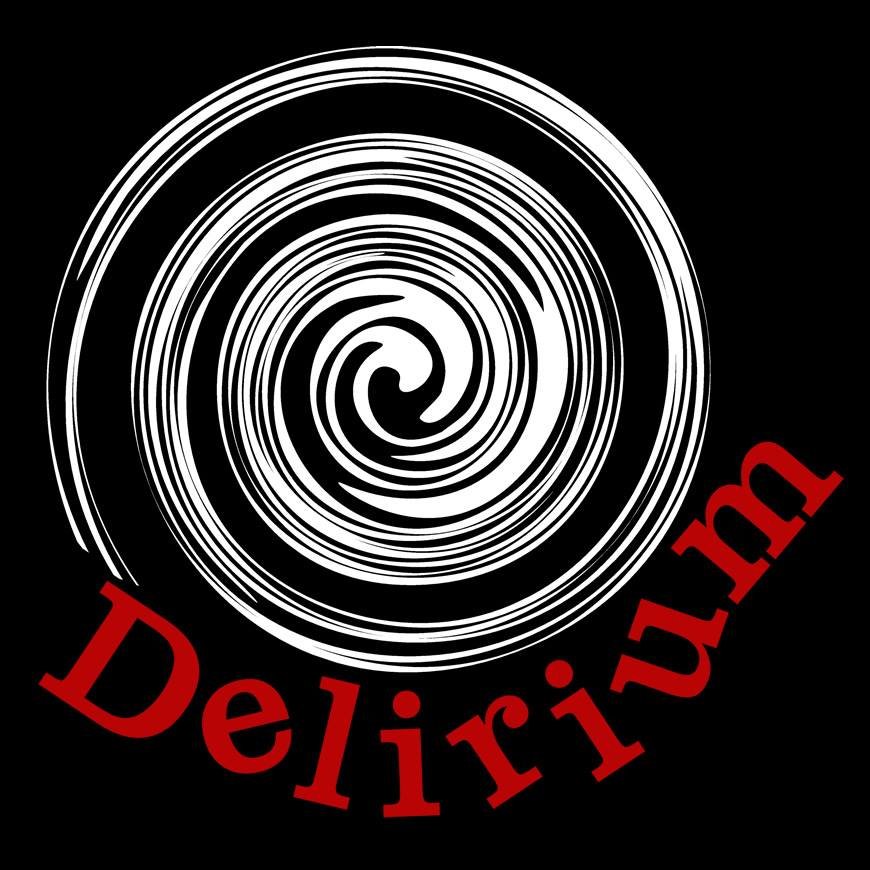
Steampunk: Speculative Fiction based on Steam power
Steampunk is a science fiction subgenre that originates from speculative fiction, It incorporates retrofuturistic technology inspired by the industrial revolution where the main source of energy was the steam. Steampunk works are often set in the Victorian era or the American Wild West (but not necessarily) They can even be non-real worlds often inspired by those two times periods in history.
STEAMPUNK ORIGINS
As with most things that exist until someone gives them a name, the term Steampunk was first coined in 1987 by K. W. Jeter, the author of the novel Morlock Night. He used the term to describe a genre of speculative fiction in which steam, not electricity, powered technological advances. Since then it has been used to describe an artistic and cultural movement.
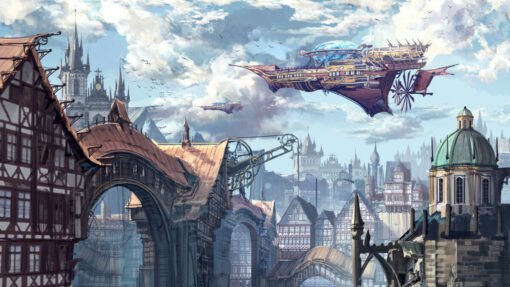
Authors such as Tim Powers, James Blaylock, William Gibson and Bruce Sterling have created worlds inspired by the Victorian era, giving rise to the modern conception of «steampunk». These authors were heavily influenced by the 19th century writers H. G. Wells and Jules Verne, who are often considered the ancestors of steampunk.

But not because the term was created from that year on, fiction began to be created with the subject. Recognized authors such as H.G. Wells and Jules Verne; other 19th century speculative fiction authors such as Edward Ellis and Mary Shelly were already writing works that are now considered steampunk. Some even consider Mervyn Peake’s Titus Alone, published in 1959, to be the first complete steampunk novel (despite the fact that the term «steampunk» had yet to be coined).
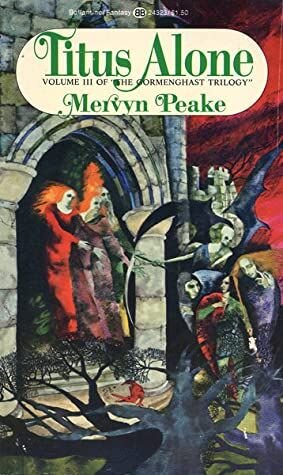
STEAMPUNK CONCEPT
Steampunk is a subgenre of science fiction that arises from speculative fiction, incorporates retrofuturistic technology and an aesthetic inspired by the industrial revolution, the Victorian era and where the main source of energy is steam. Steampunk works are often set in the Victorian era or the American Wild West although not necessarily They can even be non-real worlds or created but inspired by those two times in history.
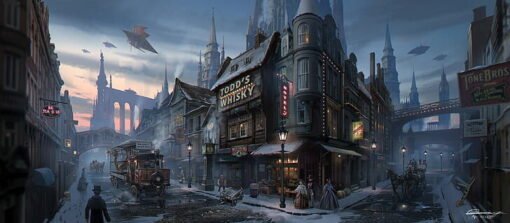
Steampunk is Uchronic, which means that it arises from a point in time and imagines what humanity would be like if electricity or any other source of energy other than steam did not exist, hence the prefix Steam.
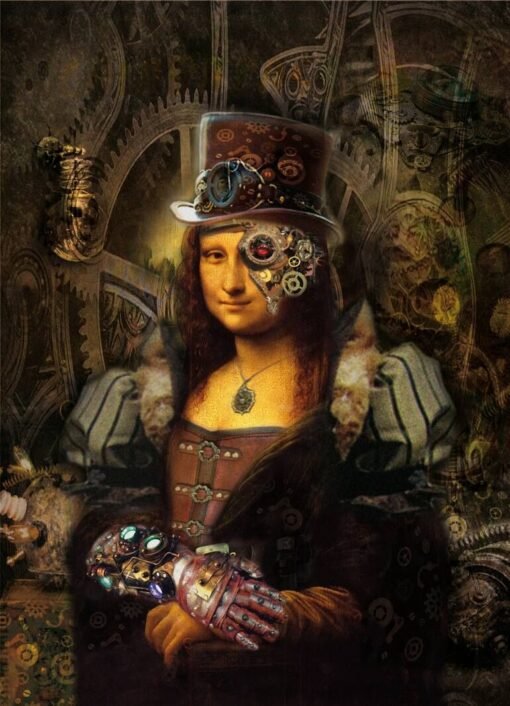
Although steam predominates, there are also other technological advances that may include fictional machines such as those found in the works of H. G. Wells and Jules Verne. Other examples of steampunk machines can be steam cannons, lighter-than-air aircraft, analog computers, or digital mechanical computers (such as Charles Babbage’s Analytical Engine)

Not only technology distinguishes Steampunk, there are works that mix Speculative Fiction with Science Fantasy or fantastic science fiction where they resort to magical elements such as energy sources but the Neo Victorian aesthetic remains. We see how people in the 19th century could have imagined the time’s perspective on fashion, culture, architectural style, and art.

Steampunk can also incorporate additional elements from the genres of fantasy, horror, historical fiction, alternate history, or other branches of speculative fiction, often making it a hybrid genre. As a form of speculative fiction, it explores alternate futures or pasts, but can also tackle real-world social issues.
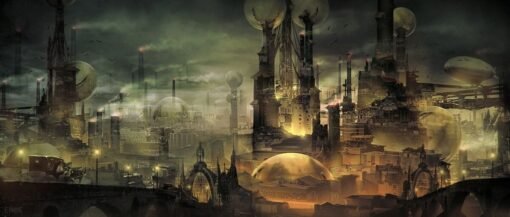
The first known appearance of the term steampunk was in 1987, although it now retroactively refers to many works of fiction created from the 1950s or earlier. A popular subgenre is Japanese steampunk, which consists of steampunk-themed manga and anime, with elements that have appeared in mainstream manga since the 1940s such as Full Metal Alchemist, Sakura Taisen, or Attack on Titan.
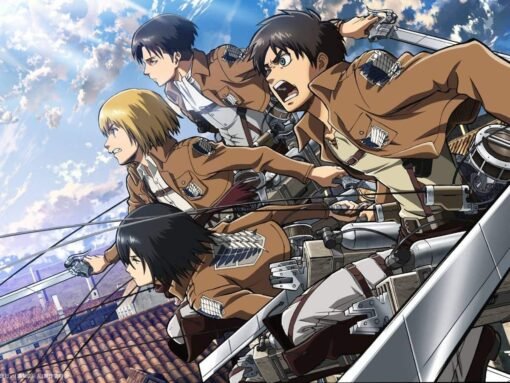
Steampunk did not come to stay, rather it arrived in its own timeline and there it remains and continues to be in force since much of its appeal comes from its visual aesthetics, something with which we are little accustomed but at the same time familiar. The longing for a simple world, but at the same time functional.

